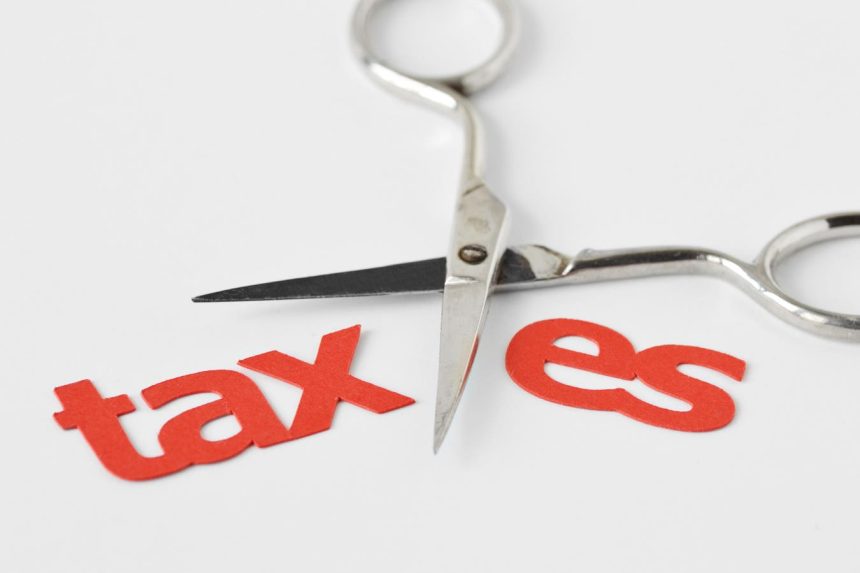Right now—today—we’re looking at a terrific buy window on 8%+ yielding closed-end funds (CEFs). Interest rates are maxed out (and let’s be honest, they’re likely headed lower from here—it’s just a question of when).
That will drive up the appeal of CEFs, thanks to their outsized income streams.
So now is a great time to take a look at these (too) often overlooked income generators. So today, we’re going to do just that. We’ll start by debunking a CEF myth called “return of capital,” or ROC, that has caused many investors to miss out on the sustainable high income streams these funds offer.
Let me be clear on what they’re missing out on. On average, the S&P 500 yields about 1.5% and posts total returns of about 8.5% per year. That means a million bucks in the S&P 500 will earn about $85,000 in profit on an annualized basis, but just $15,000 of that would come in the form of dividends.
If we can capture that $70,000 in capital gains and somehow transform more of it into a monthly income stream, we can still have a diversified portfolio in the best long-term asset class in the world (US stocks) while getting more of our gain in cash.
Sure, you could do that yourself by simply selling stocks at the right times and converting those gains into cash. But this is hard to do in reality: the market is volatile!
That’s why closed-end funds (CEFs) were invented.
Simply put, the over 500 CEFs on the market today are designed to maximize income, regardless of the asset class in which they invest. That’s why dozens of CEFs yield over 8%. Some of the highest payers more than that. The portfolio of my CEF Insider advisory, for example, boasts picks paying north of 10%.
But CEF yields are a topic for another day. Let’s swing back to ROC and why, for many folks, it masks all the great things about CEFs, including opportunities for diversification, high income and access to top-quality assets.
It all stems from a silly misunderstanding.
Three Often-Misjudged Letters
ROC is a legal accounting term that sounds misleading, like the fund is simply giving investors’ capital back to them. In the context of a fund where you’re investing, say, a million bucks and getting $7,000 back a month in income, ROC sounds like a negative.
Before we go further, I should point out that CEFs are far from a flash in the pan, and are reputable, time-tested investments: the oldest CEFs are over 100 years old and are the oldest mutual funds still in existence, outdating even MFS’s Massachusetts Investors Trust (MITTX), which was established in 1924. (The oldest CEF, the Adams Diversified Equity Fund (ADX), was already one of the largest funds in America when it was called Adams Express, hence the ticker is ADX).
Still, these three letters hang over this small, established corner of the mutual-fund world. Which is too bad because ROC is actually good for investors most of the time. But most people don’t bother to read why, although it’s really quite simple.
Good Versus Bad ROC
“Good” ROC looks like this:
- A CEF earns a profit, say $1 per investor, in a year, in the form of capital gains (i.e., it invests in stocks, the stocks go up, it sells the stocks).
- The CEF reinvests those profits.
- The next year, the fund pays out a $1.00 dividend funded by the profits from last year.
How much will this dividend be taxed? Most dividends are taxed at 15% or 20%, and capital gains can be taxed up to 37%. So which is it?
Well, you might be surprised to hear that this is treated as ROC and is not taxed at all. This is called spillover income and is one of the accounting tools wealthy investors use to lower their tax implications.
This confusion, like so many things in life, comes back to the IRS. Consider this scenario:
- A CEF earns a $1 capital-gain profit and immediately gives it to investors.
- The investors are liable for short-term capital gains taxes (37% for the highest income earners).
This is not return of capital—it is a distribution of capital gains.
The key takeaway here is that this discrepancy has made “return of capital” a bad phrase for years, when it’s actually a good thing.
How to Profit
Every CEF reports its ROC every year, which is helpful in knowing how the fund will affect your tax bill. It’s also good to know that most CEFs take advantage of these accounting rules to maximize tax benefits for investors.
But the real way to benefit from this information is to ignore ROC altogether! The best funds, with the most reliable dividends, will combine a variety of returns, such as capital gains, dividends, net investment income from loans, rents from real estate, and turn them into dividends for us.
So, when picking CEFs, we’re left with the kinds of questions you’d ask when considering any investment: is the fund undervalued—in CEFs, we use the discount to net asset value (NAV, or the value of the holdings in its portfolio)—to evaluate this; what are its sources of income; and does it hold high-quality assets?
And here’s the really good news: the vast majority of CEFs have been profitable over the long haul, and many of those have beaten their benchmarks, too. Add in the income on tap here—again, reaching well into the double digits these days—and you can see why CEFs are key income plays.
Michael Foster is the Lead Research Analyst for Contrarian Outlook. For more great income ideas, click here for our latest report “Indestructible Income: 5 Bargain Funds with Steady 10.9% Dividends.”
Disclosure: none
Read the full article here


